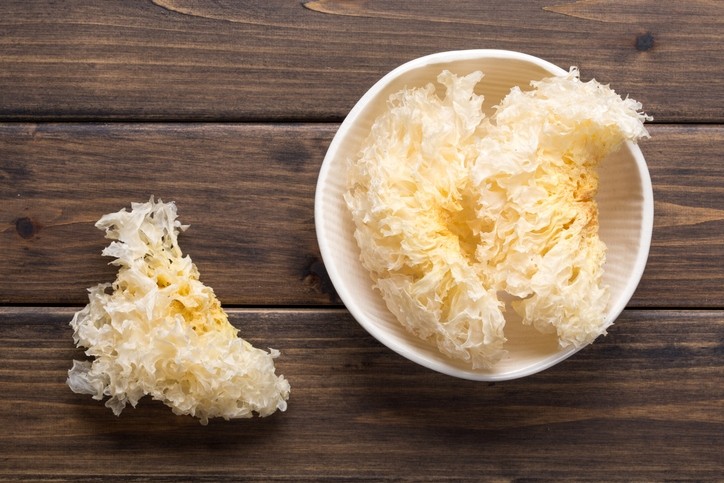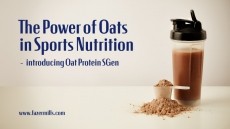Vivatis Pharma showcases vegan hyaluronic acid from fungus

Hyaluronic acid (HA) is a natural substance found in the fluids in the eyes and joints. It acts as a cushion and lubricant in the joints and other tissues making it a popular ingredient in the beauty and joint health spaces.
Traditionally hyaluronic acid is extracted from animal sources such as rooster combs and cow eyeballs. But ethical concerns have led to the need to develop plant-based solutions, mostly using fermented wheat, soy, or synthetic substrates.
The German manufacturer or pharma and nutraceutical solutions has developed 'GreenIuronic', the "world’s first" all-natural hyaluronic acid extracted from the fungus Tremella fuciformis, obtained by extraction and not by fermentation meaning it is a non-novel food.
Speaking to NutraIngredients during Nutraceuticals Europe in Barcelona last week, Cosimo Cisternino, business development manager-Nutraceuticals at Vivatis Pharma, explained the main benefit of this ingredient is its high molecular weight, which makes it comparable to hyaluronic acid in the human body.
“Most hyaluronic acids taken orally have a very low molecular weight. High molecular weight HA displays anti-inflammatory and immunosuppressive properties, whereas low molecular weight HA is a potent proinflammatory molecule – this is not something that is well known.
“High molecular weight hyaluronic acid produces a fluid which is much more viscous and elastic and therefore can provide viscosity in the joint.”
The firm argues this source provides a higher bioavailability than animal based sodium hyaluronate, as well as better distribution to the skin and joints and higher efficacy.
Research published in the 'International Journal of Molecular Sciences' concluded: “GreenIuronic has a higher amount of HA that crosses the barrier and reaches the plasma level compared to control (p < 0.0001) and compared to sodium hyaluronate (about 30%, p < 0.0001) with the greatest effects between four and five hours.”
Moreover, it noted: “The HA quantification in chondrocytes revealed that a large amount of HA present in GreenIuronic and sodium hyaluronate was captured by chondrocytes after intestinal passage compared to the control (p < 0.05).
"In particular, approximately 75% of HA was induced by GreenIuronic compared to sodium hyaluronate (p < 0.05) in chondrocytes, confirming that HMWHA (GeenIuronic) is better utilized by chondrocytes."
Thanks to its high bioavailability, product manufacturers can utilize "low doses" of 200mg/day for joint health and 100-130mg per day for skin health supplements.
Presenting the ingredient at Nutraceuticals Europe in Barcelona, Cisternino explained the ingredient prevents skin aging, helps fight free radicals, supports wound healing and boosts collagen production.
In-vitro research found in an osteoarthritis model, GreenIuronic can modulate the molecular mechanism responsible for preventing and restoring the degradation of cartilage.
Mechanisms of action include the decreased activity of the the hyaluronan receptor CD44, thereby suppressing inflammation process (↓IL-1β), improving metabolism of chondrocytes (responsible for the production of collagen and the extracellular matrix) and preventing apoptosis (cell death).
The ingredient exhibited antioxidant and anti-inflammatory effects via reduction of both reactive oxygen species (ROS) production and inflammatory levels of the skin cell ‘NHEK keratinocytes’.
It also increased collagen quantification and MMP9 activity (a marker of inflammation, tissue remodelling, wound healing, and mobilization of tissue-bound growth factors) in NHEK keratinocytes in a cell line skin injury model.
Vivatis has made the ingredient available as a hydrogel, capsules. gummies, tablets, functional food such as chocolate, and ready-to-drink, with the latter being new to market, as Cisternino explained: “We have recently developed technology to make the ingredient soluble – something that was quite challenging to do due to the natural stickiness of the molecule.”











